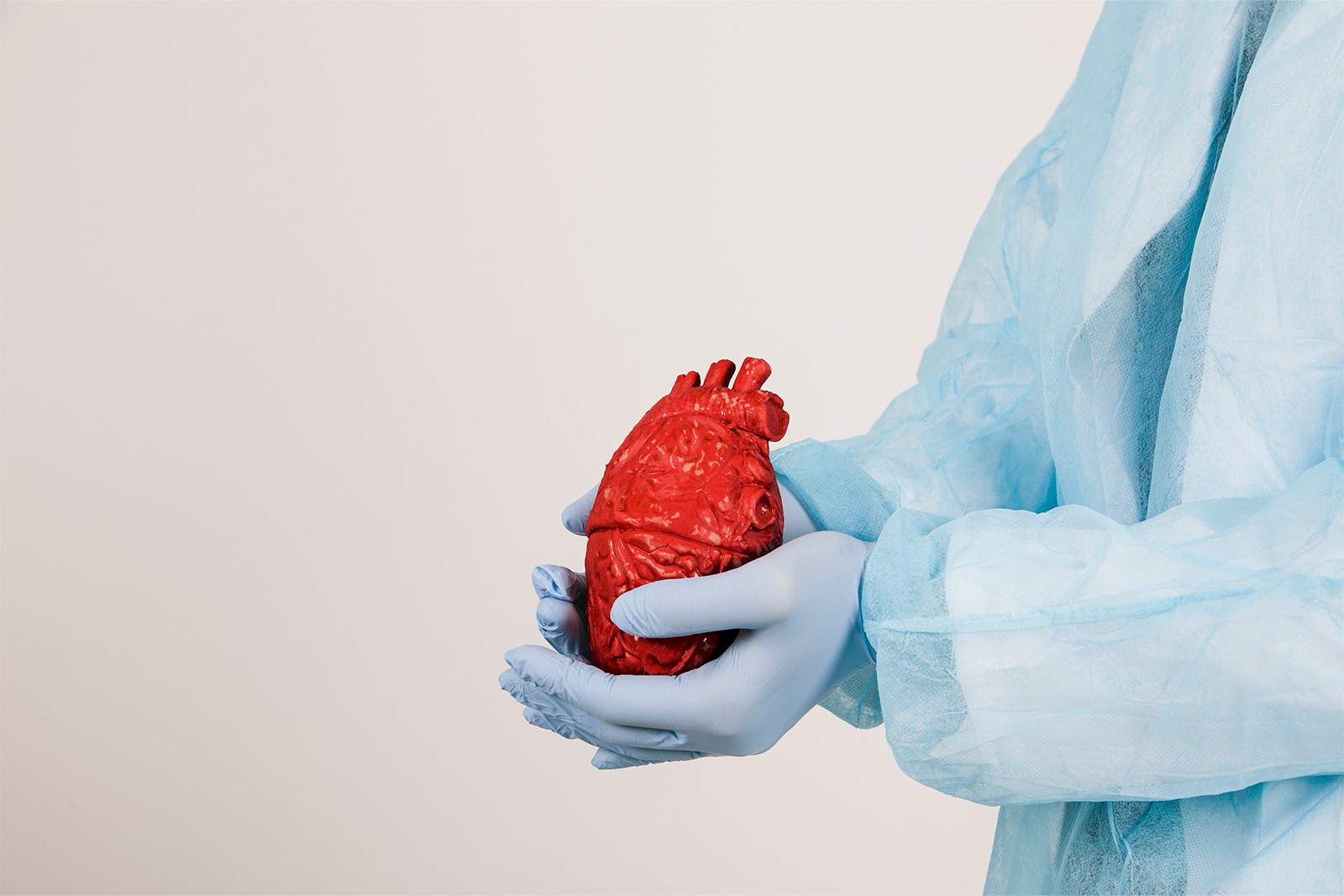When you’re dealing with matters of the heart, the stakes are always high. A missed sign, delayed diagnosis, or outdated treatment can become the difference between a full recovery and a long-term condition. Capitol Cardiology Associates stays at the forefront of medical innovation because breakthroughs can change lives. Today’s emerging tools are reshaping what it means to be a heart doctor and how care is delivered across the board. Keep reading if you’ve been wondering what’s next in heart care.
Advances in the Field of Genomics
Until recently, cardiovascular treatment followed a general pattern of identifying symptoms, confirming diagnosis, and treatments based on population-wide guidelines. That model is shifting fast. Thanks to advances in genetic testing and molecular diagnostics, cardiologists can now offer far more individualized care. Precision cardiology customizes prevention and treatment to your unique biology. Researchers are exploring how genetic profiles can guide everything from blood pressure medication choices to the likelihood of developing atrial fibrillation. It also allows for better risk prediction. Polygenic risk scores help doctors identify who may be at higher risk for coronary artery disease decades before symptoms show up.
Smart Tech and Better Monitoring
Wearable devices now offer continuous ECG monitoring, blood oxygen levels, and real-time heart rate variability analysis. It’s not a replacement for professional tools, but they offer a new level of insight into a patient’s everyday cardiovascular health. These tools give people more awareness of their heart rhythms and alert them to irregularities like atrial fibrillation. Heart doctors can utilize them to provide supplemental data that helps monitor trends over time rather than rely only on snapshots taken during clinic visits. Remote monitoring tools have also made a difference for patients with chronic heart conditions. Smart implants transmit data on heart pressure to providers so they can predict and prevent heart failure exacerbations. As these technologies become more integrated with healthcare systems, cardiologists will be able to intervene sooner and more strategically.
New Frontiers in Cardiac Imaging
Advanced echocardiography techniques, such as 3D and strain imaging, allow doctors to detect subtle changes in heart muscle function long before they become visible on a standard scan. Cardiac MRI and CT scans can now provide detailed assessments of blood flow, plaque composition, and tissue viability without the need for invasive procedures. Modern imaging now allows cardiologists to assess myocardial deformation, tissue scarring, and metabolic activity in real time. With earlier detection and the ability to visualize changes over time, cardiologists can adjust treatment plans before heart attacks or heart failure flare-ups occur.
Improved Treatments and Fewer Surgeries
Minimally invasive procedures are reducing the need for open-heart surgery in many cases. One of the most talked-about examples is transcatheter aortic valve replacement, which allows doctors to replace a diseased heart valve through a small incision in the leg. What once required open surgery and extended hospital stays can now be done with a shorter recovery window and fewer complications. Other techniques, like left atrial appendage closure, offer stroke protection for atrial fibrillation patients who cannot take long-term blood thinners. Pharmaceutical advancements are also changing the game. New cholesterol-lowering agents, anti-inflammatory drugs for heart failure, and personalized anticoagulants are allowing doctors to treat the root causes of cardiovascular disease more effectively.
Do You Need Reliable Medical Care for Your Heart?
Cardiology is moving fast, and these developments represent only a fraction of what’s coming. No matter how rapidly the future arrives, patients will always need a heart doctor they can trust. The tools are advancing, but it’s the quality care of your provider that brings everything together. Capitol Cardiology Associates is here to help. If you’ve been putting off a follow-up, or if something doesn’t feel right, don’t wait. Schedule a visit today.






